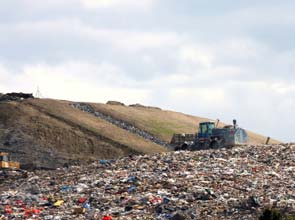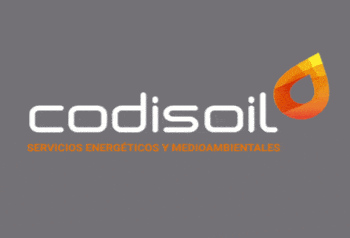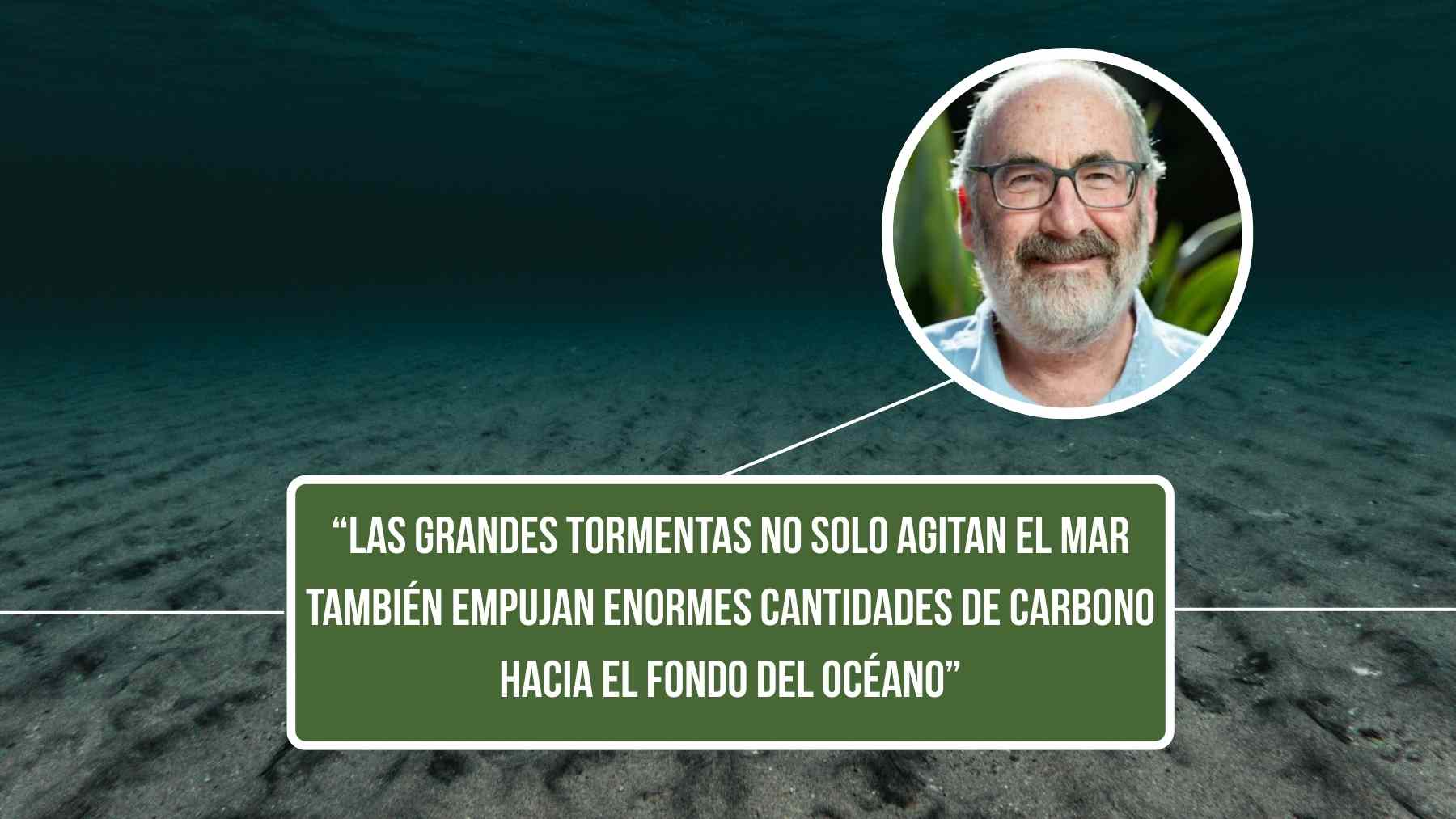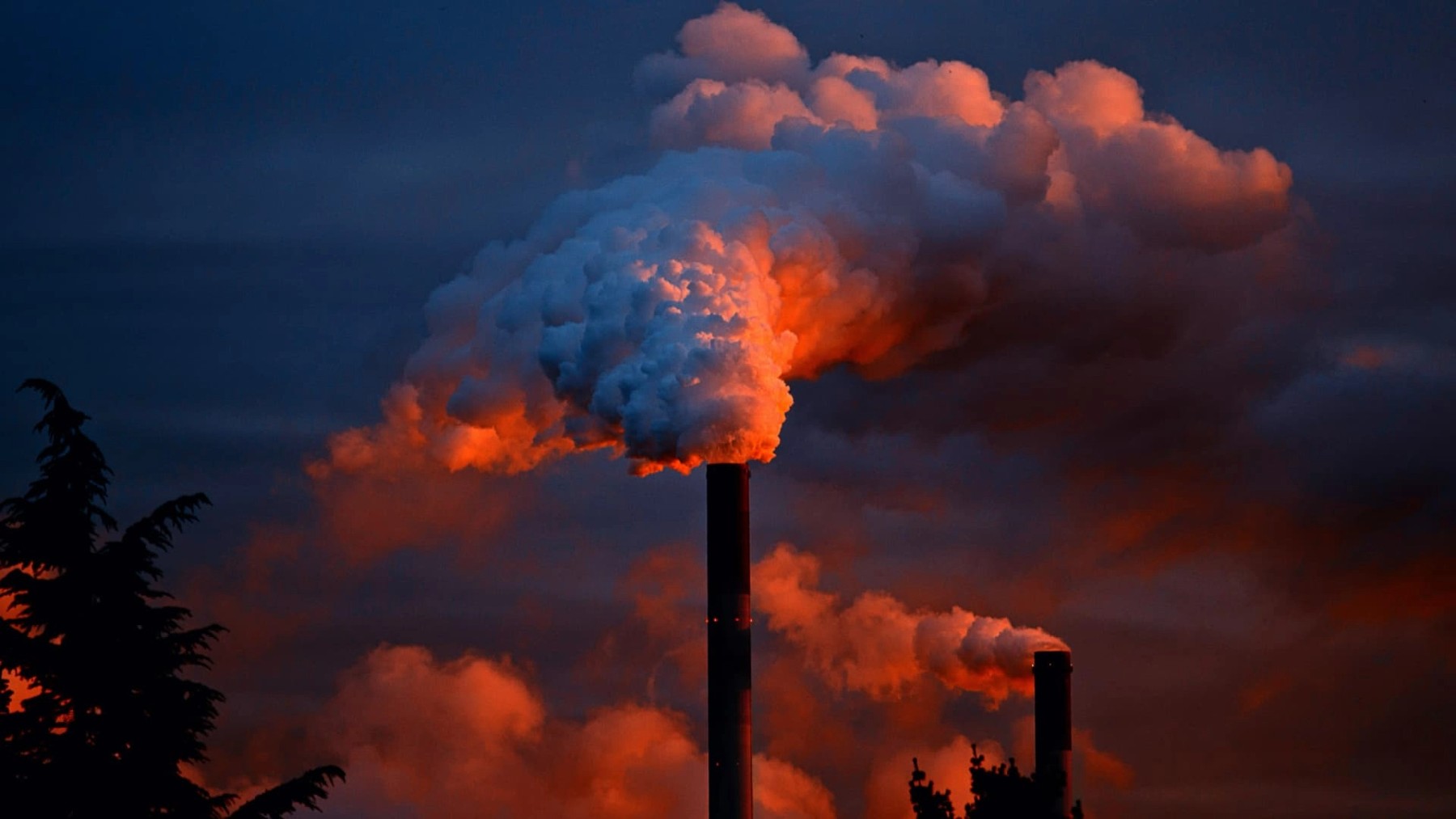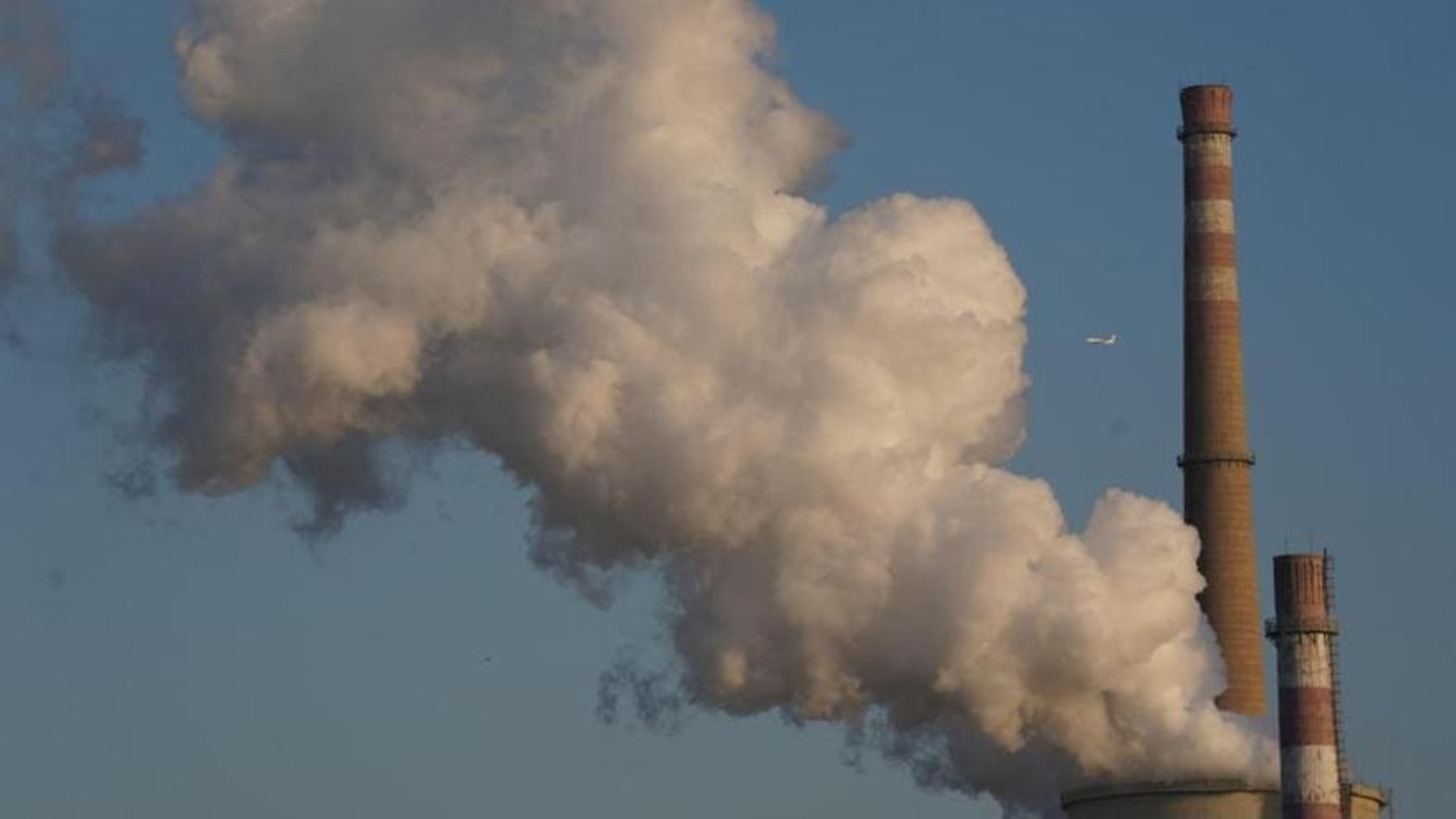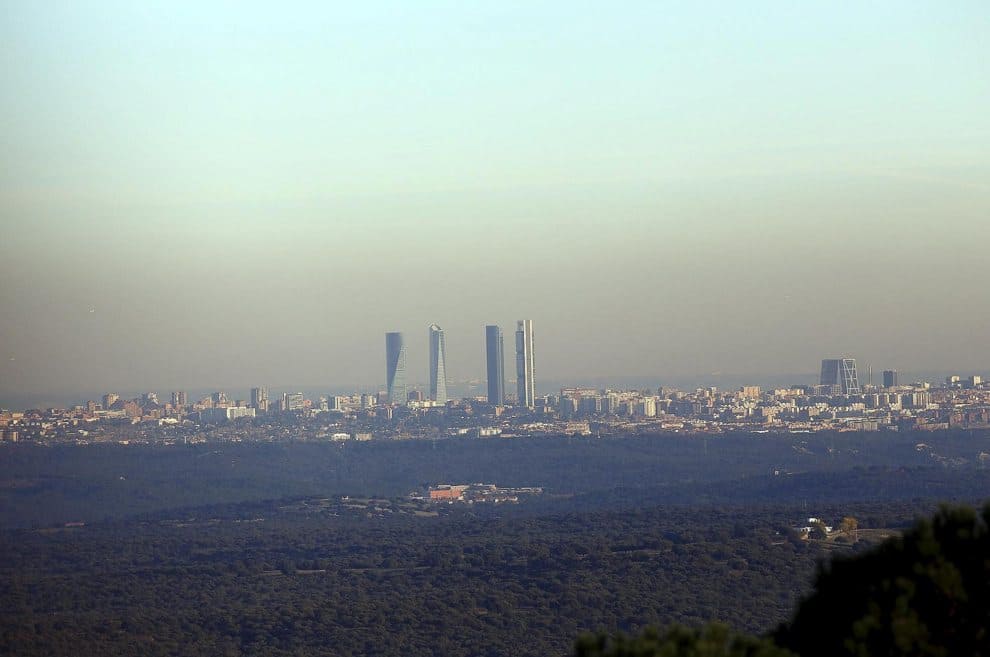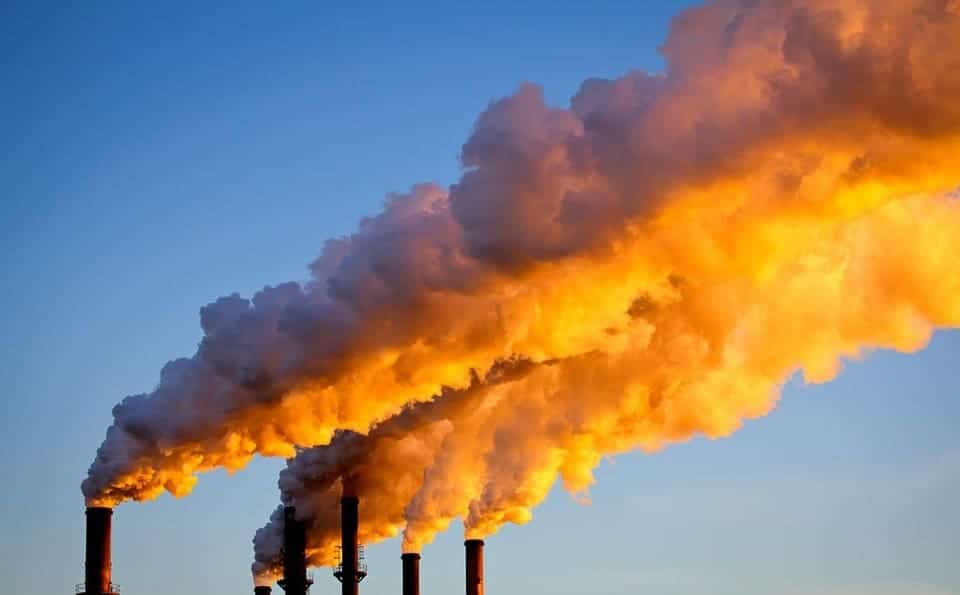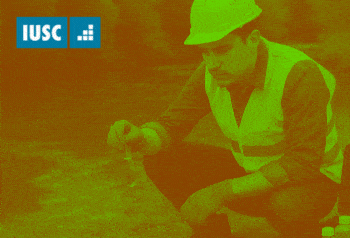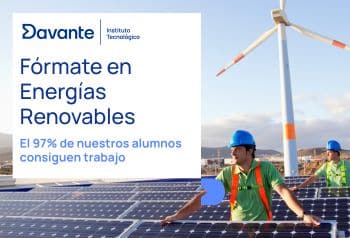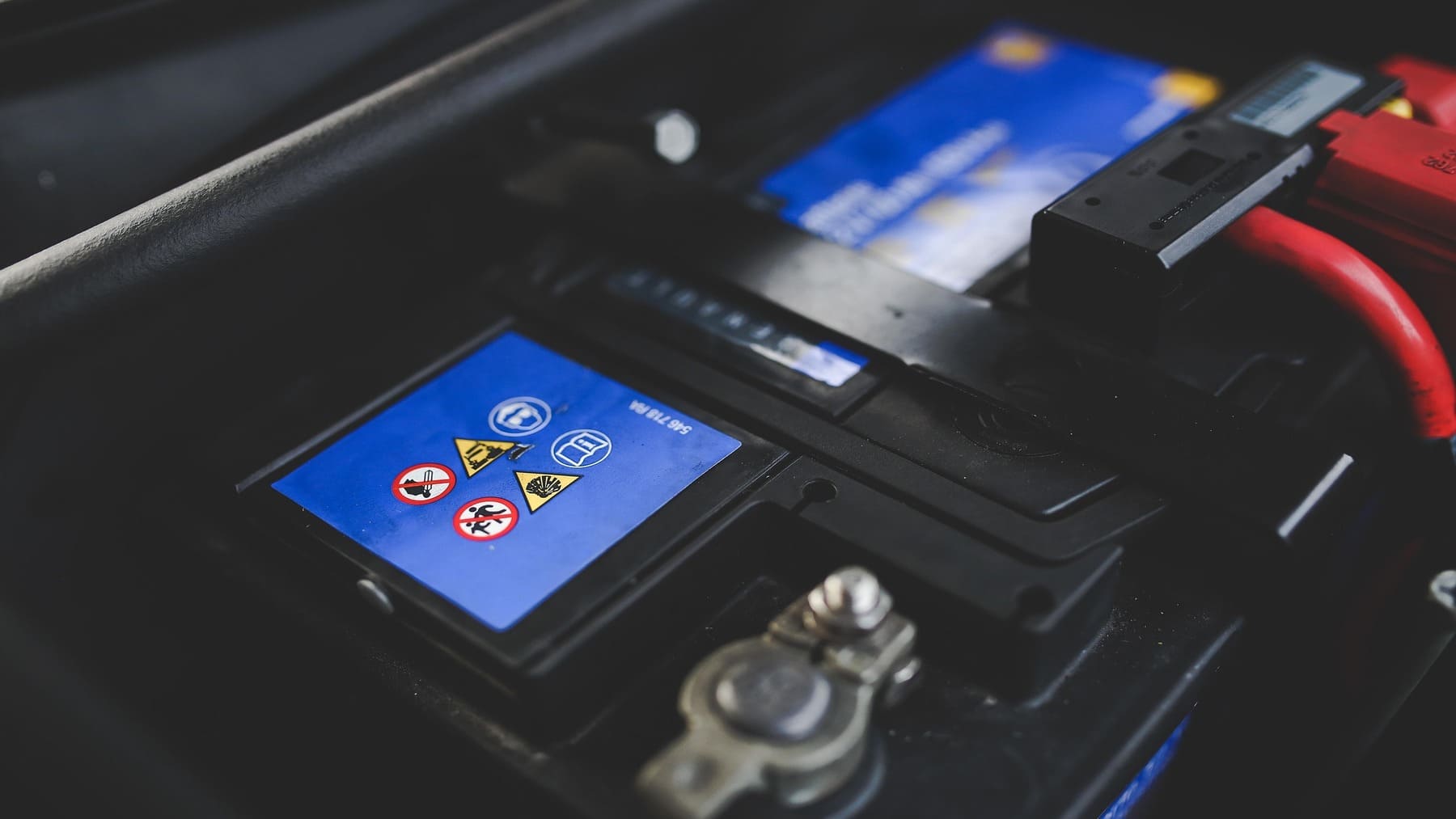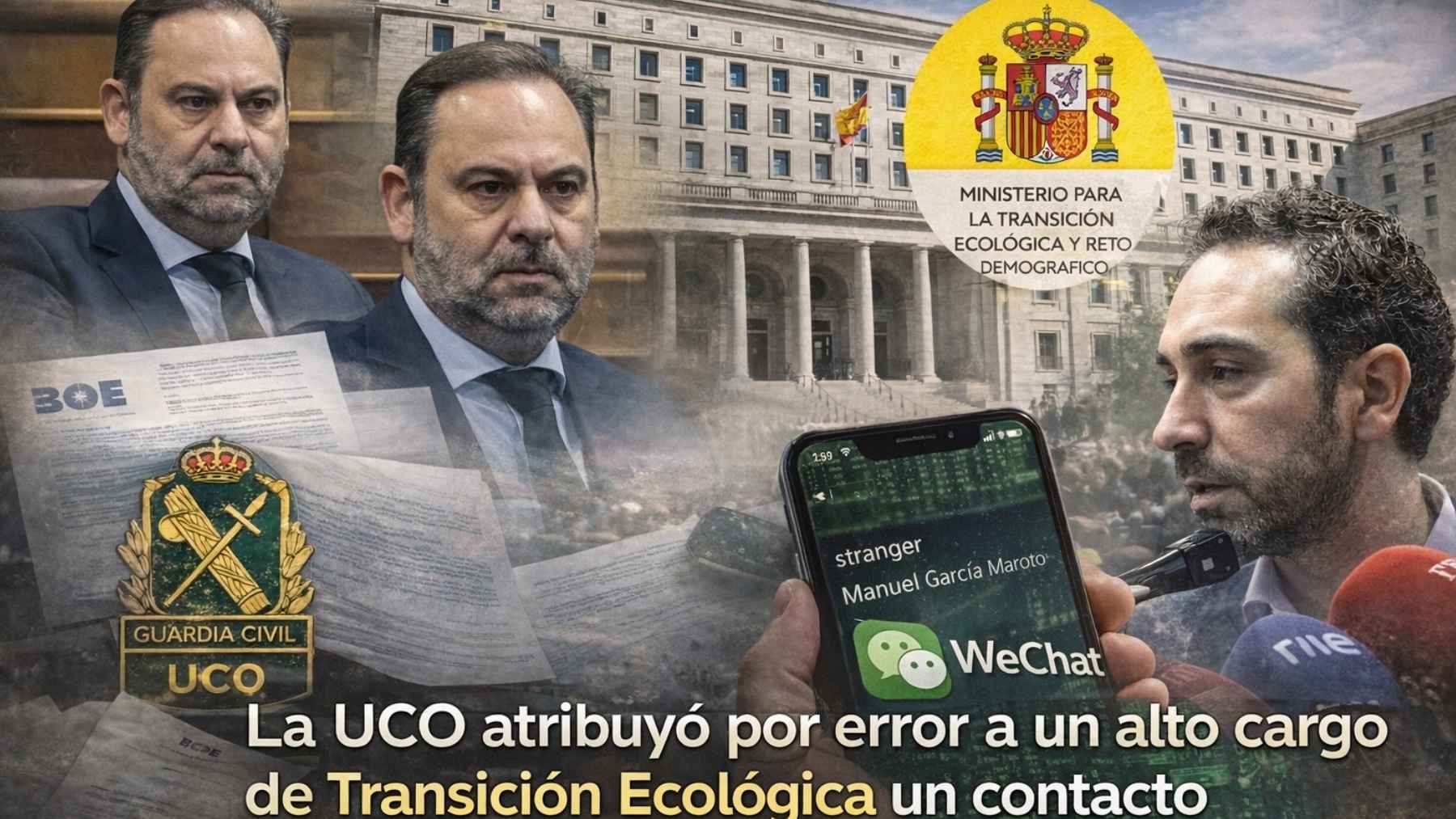Reversing combustion and making carbon dioxide into fuel has been considered a loser’s game because it uses more energy than what the combustion process releases, and produces more carbon dioxide than it reclaims.
But an assistant professor of chemistry at the university, Liviu M. Mirica, believes it is possible to efficiently turn carbon dioxide into fuels such as methanol or hydrocarbons with the right metal catalyst.
In the Journal of the American Chemical Society, Mr. Mirica describes a new metal complex that can combine methyl groups in the presence of oxygen to produce ethane.
This is the second step in the conversion of methane, the main component of natural gas, into a longer-chain hydrocarbon also known as liquid or synthetic fuel.
The next step would be to tweak the complex so that it will perform the first step in the methane-to-ethane conversion as well. Ethane, which is isolated from the methane in natural gas, is the feedstock for the industrial organic compound ethylene.
The catalyst builds on work that Mr. Mirica’s group was doing last year with a palladium compound. They were hoping that it could catalyze the splitting of water but the reaction did not work as well as they hoped. They did notice, however, that it was easily oxidized, even by the oxygen in air.
The researchers figured this property could be useful and started thinking about where else they could use this compound. They tried to use it to turn methane into ethane.
The new metal complex takes two methyl groups in methane and in the presence of oxygen and light, binds the carbon to one another to form ethane.
The complex consists of an organic molecule that binds a central palladium atom through four nitrogen atoms, holding it like a ball in a glove.
The organic molecule is key to the metal complex’s function, because it stabilizes it in the unusual “+3” oxidation state which is responsible for its unprecedented chemical activity.
Once in the glove, the palladium atom still has two docking spots that can be occupied by chemical species whose reaction it might catalyze. In the case of the work, these are methyl groups which produce ethane.
Both ethane and methanol reactions take greenhouse gases and transform them to liquid or easily liquefied compounds that could then be reused as fuels. If the energy penalty turns out to be low enough, the carbon could be recycled in this way many times.
The ultimate goal of the research is a recycling carbon chemistry that requires so little energy, that it can run off sunlight, making combustion carbon-neutral.
